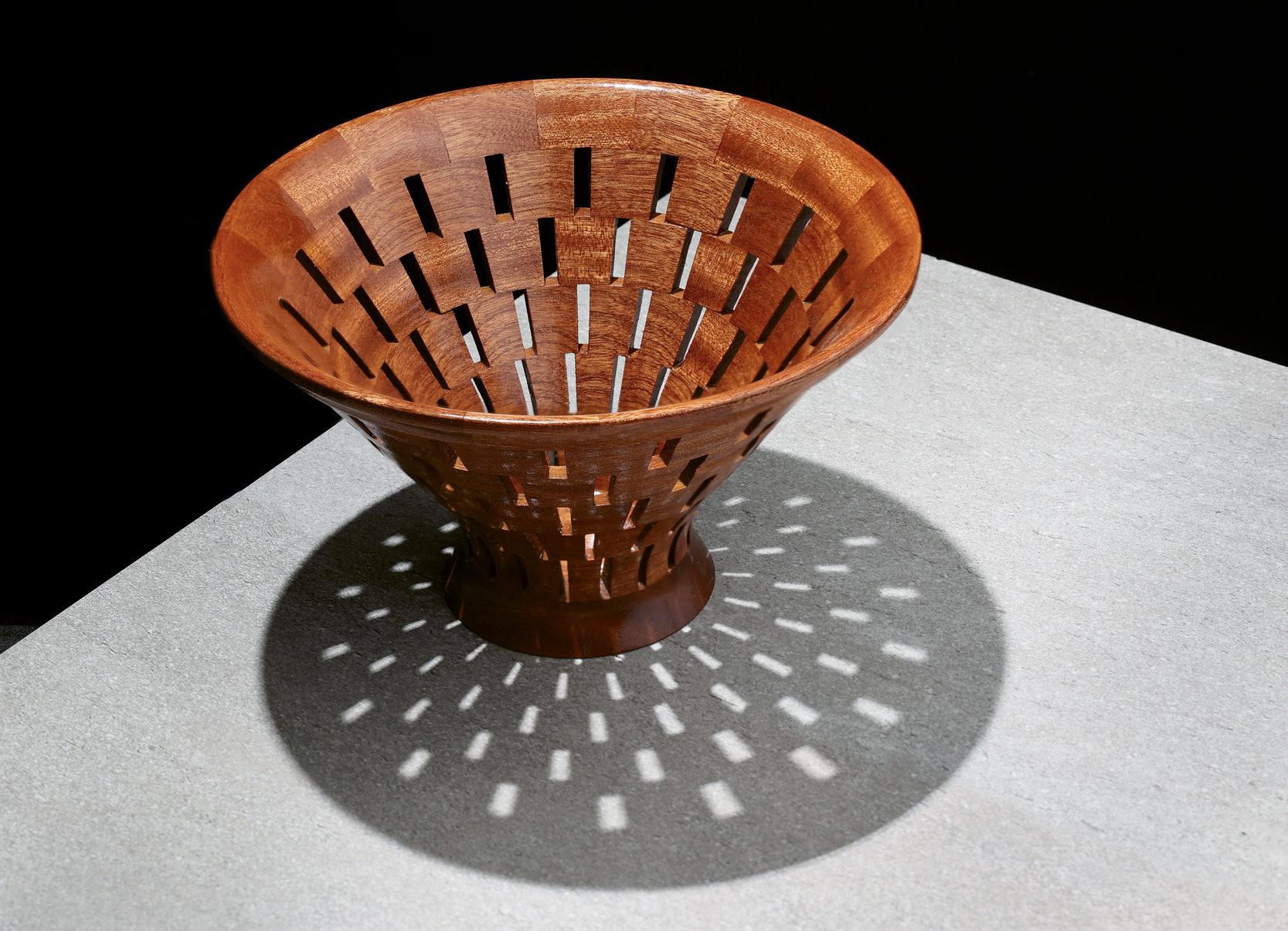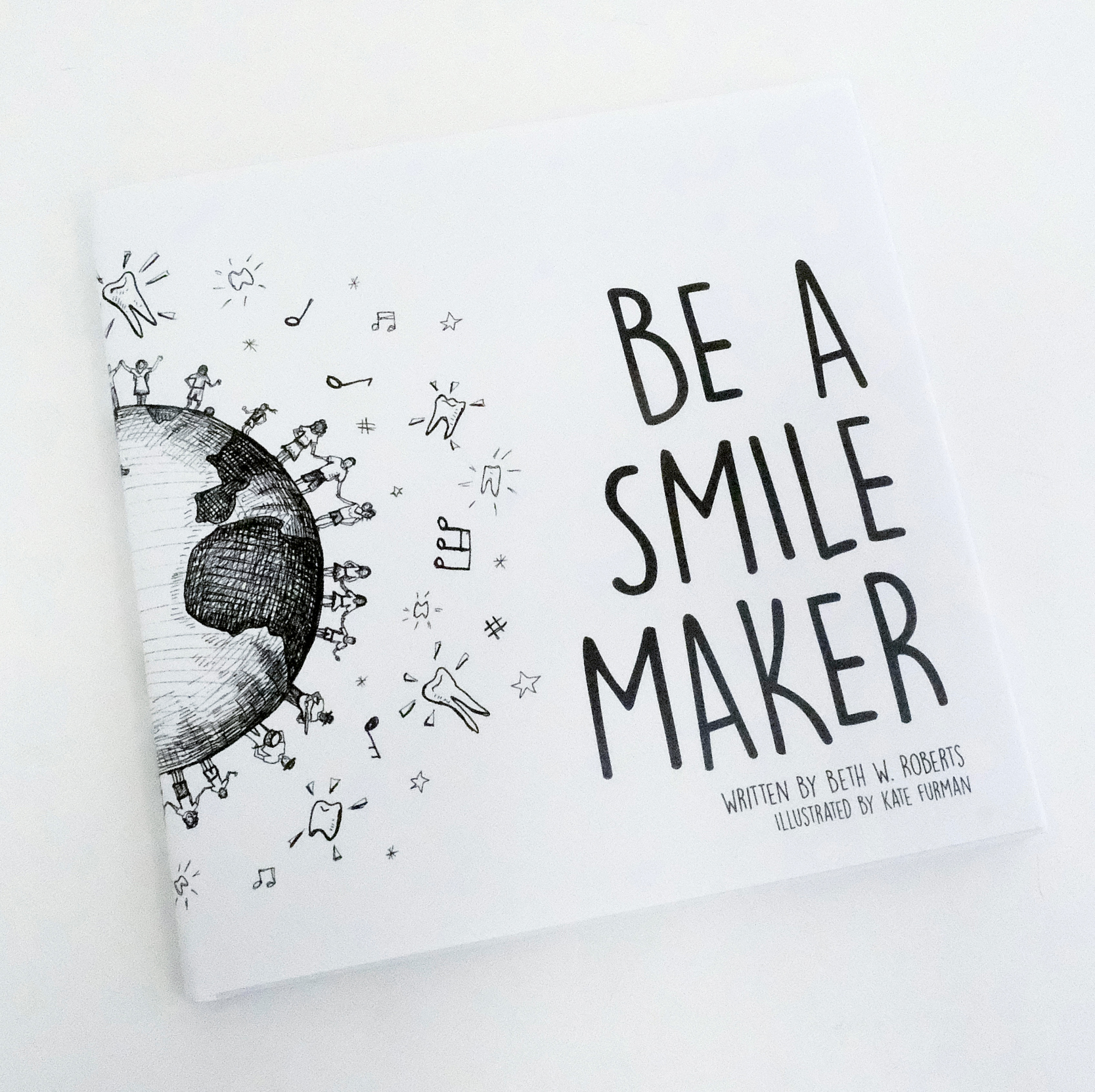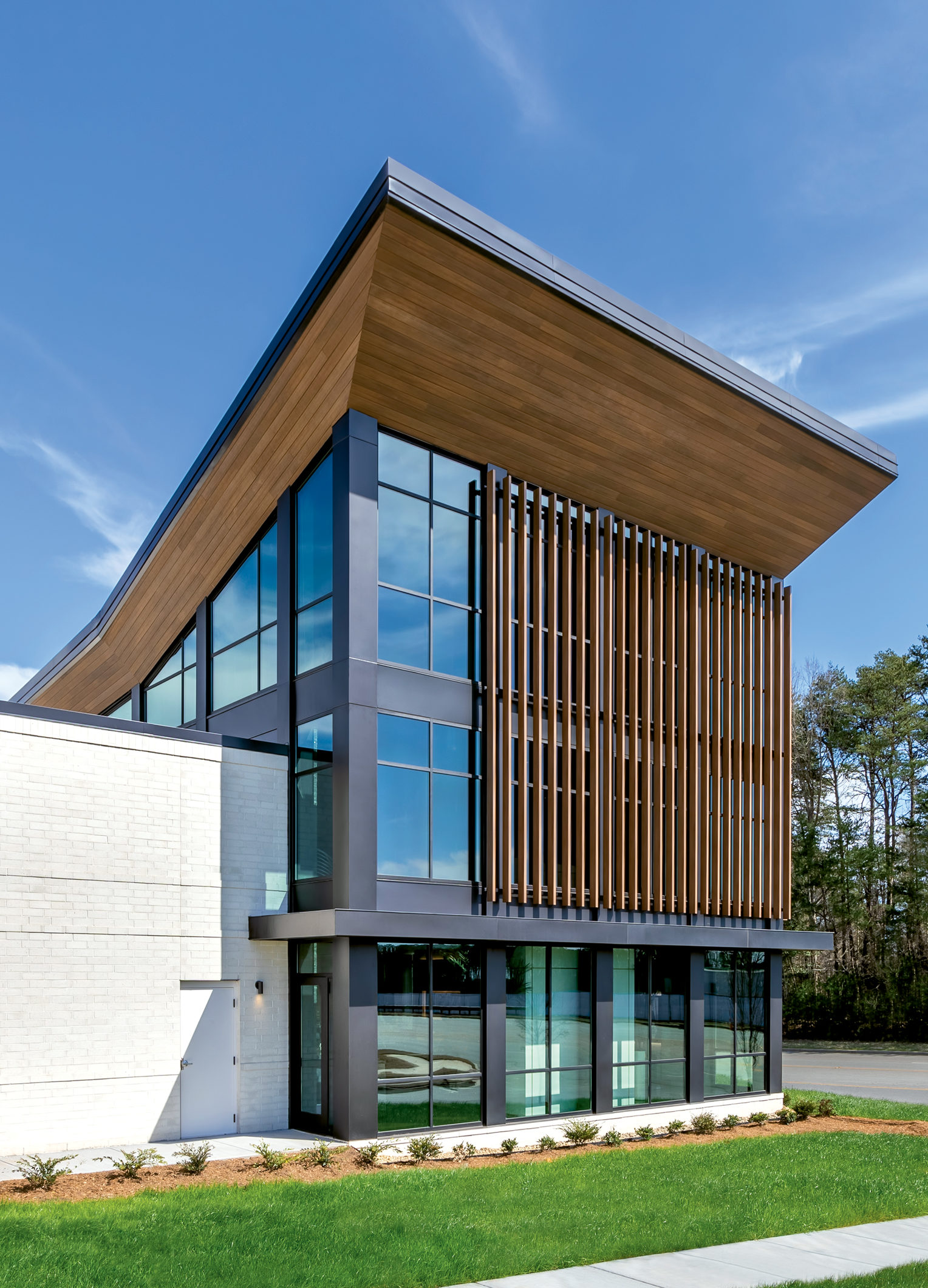A tree holds its history within. Growth rings mark the passage of time, striations tell of dry seasons and disease or springtime’s sap rising. Through the hands of a skilled woodworker, these imperfections become art.
Woodcraft is an art form that dates to the sixth century. The use of wood is an element so primal, it’s virtually impossible to imagine how our lives would exist without it. Working with wood is not simply fashioning lumber into a shelter or a chair. Yes, wood can build a table, a house, a bookshelf, but in the hands of an artist, it also can be carefully and creatively manipulated into bowls, sculptures, and singular works of art.
Eight years ago, Greenville resident Chris Willey, longtime woodworker and tinkerer, had grown tired of his typical cabinetry projects and purchased a $300 lathe to fiddle around with, hoping to spark inspiration for his engineering brain. After getting the hang of creating round objects from solid wood, he couldn’t help thinking, “How many wooden bowls can a person use, anyway?” There had to be more.
A YouTube video by woodturner Malcolm Tibbets introduced him to the concept of segmented turning, which satisfied Willey’s longing to apply geometry to his latent creativity. “Segmented turning involves taking smaller pieces of wood to make larger structures,” he explains. “Typically, a series of wedge-shaped pieces are glued together to make a polygon ring, and this ring can then be turned on the lathe. Stacking multiple rings forms the overall object, and the possibilities are endless.” Segmented wood turning is visible math, an optical illusion.

Observing someone using a lathe is as satisfying as watching a potter on a wheel. As if by magic, a clunky chunk of maple morphs into smooth, curving silhouettes as the wood shavings fly—the hard dry wood seems as malleable as wet clay. What was once angular and splintered becomes impossibly silky, rich, and undulating—the mind can’t compute: How on earth did they do that?
“It is very comforting and relaxing to work with wood, and I never get tired of someone asking me if they can pick it up, and how in the world did I make it,” Willey says. “It is fun to explain the process and see their ‘aha moment’ when it finally clicks.”
It’s that spark of wonder that elevates Willey’s work into an approachable art form. And with such delight too—he has fun with the work, attempting new ideas just for the sake of trying. His engineer brain is used to great advantage as he figures out inlays and structures: a giant egg, a baby rattle, a wooden football. It’s impossible not to reach out and touch the smooth surfaces, to marvel at the unique grains and natural color variations in each piece: a deeper layer, another story.
“I hope that my art communicates possibility and creativity. I want people to look at my art and ponder how it was made, especially the organic shapes like a double torus or a ribbon shape. I like that it is art you can pick up and feel. There is a warmth and connectivity between humans and wood.”
See more of Chris’s work at greenvillearts.com/artist/chris-willey. Photography by Will Crooks & Paul Mehaffey.
The post Woodworker Chris Willey appeared first on Town Carolina.











